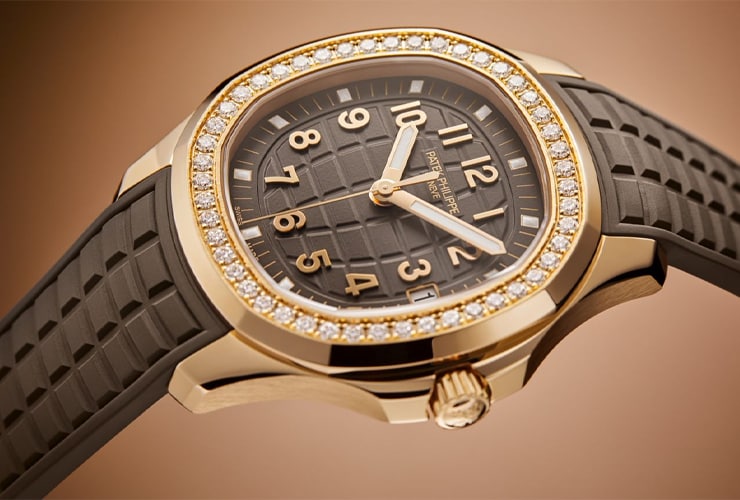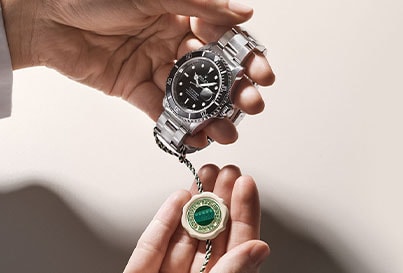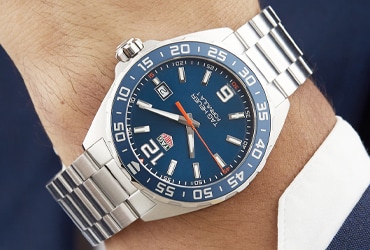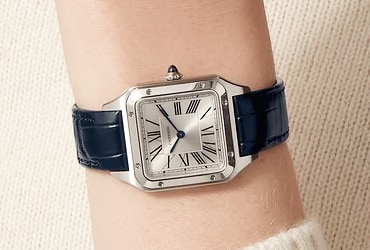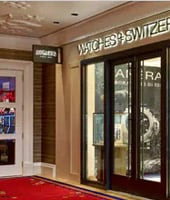A Guide To Watch Complications
By Sarah Jayne Potter | 5 minute read
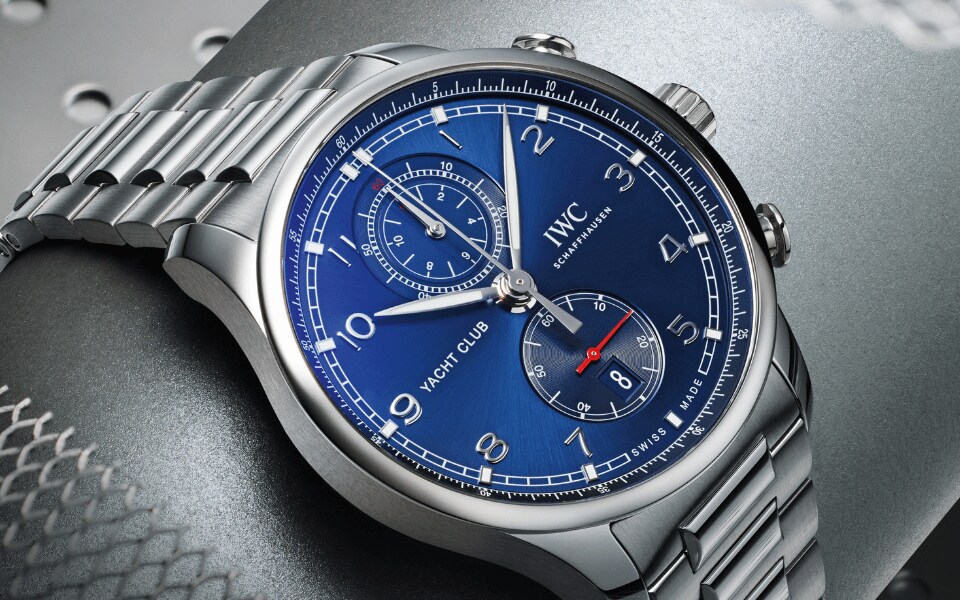
A complication is any function on a watch that goes beyond telling the time. From calendars and alarms to tourbillons and time zones, complications include anything and everything that a watch is able to do. Complicated by name, complicated by nature, these features require complex motions and a number of additional elements that have to be designed and built around a standard watch movement. The result being an intricate and highly sought-after timepiece.
Complications are a unique signifier in determining a brand’s precision, skill, and meticulous knowledge around the art of watchmaking. The horological world has pioneered complications that are as breathtakingly beautiful as they are practical. Discover what they are and how they work. For a little more insight into the history of complications and the brands famous for certain functionalities, take a look at Part I and Part II of our watch complications feature.
Aperture Complications
Aperture complications can be found within a window (aperture) on the dial. They allow the wearer to utilise a functionality in just a glance.

Annual Component
An annual calendar complication sits between a triple and perpetual calendar, showing the date, day, and month.
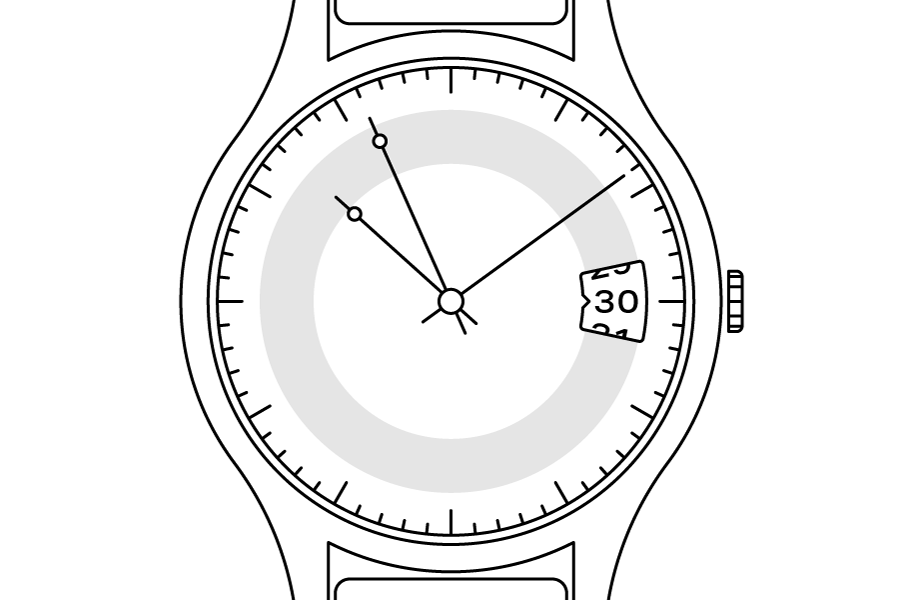
Date
Typically found at the 3, 4, or 6 o’clock position, the date window quite simply displays the date. This can be stylised in one window or two, with the left featuring the numbers 0-3 and the right featuring 0-9. Some watches display a big date which provides a larger, more legible view.
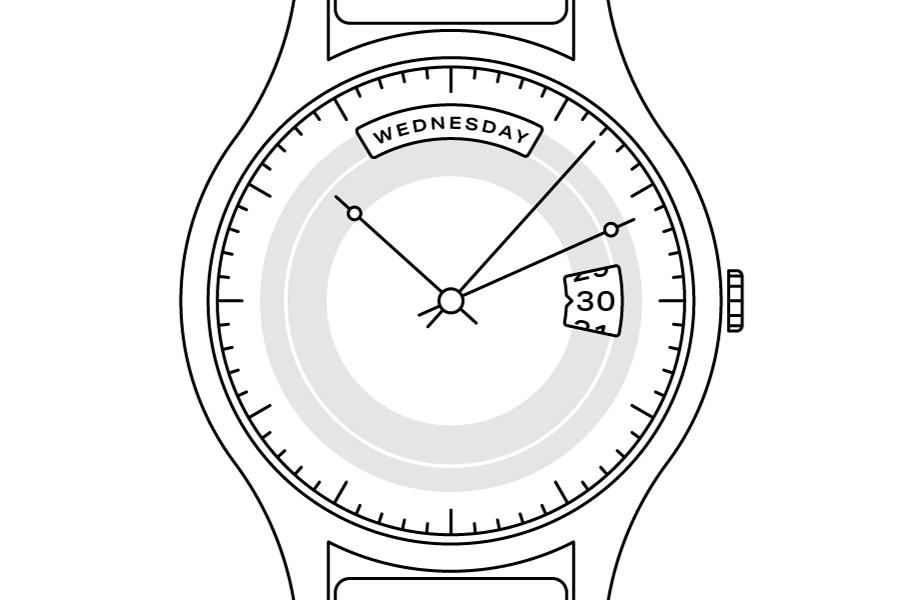
Day Date
This adds the day of the week next to the date. It can most commonly be found on the aperture at the noon position, with the date sitting at 3 o’clock.
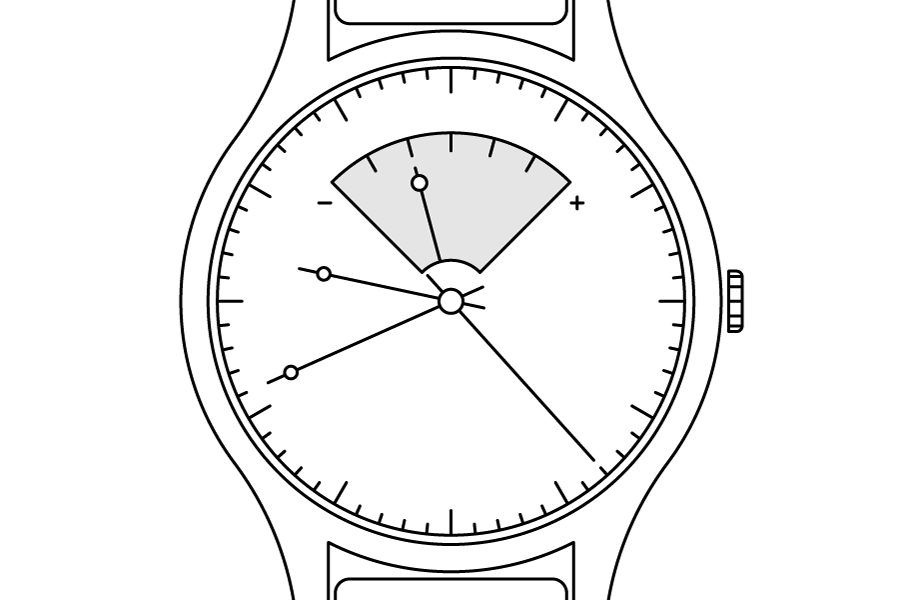
Equation of time calendar
The equation of time calendar shows the difference between the time on a watch and solar time. This varies between approximately -14 minutes to +16 minutes, depending on the current month. Put simply, it’s as if looking at a watch and a sundial, and seeing the variance between both.
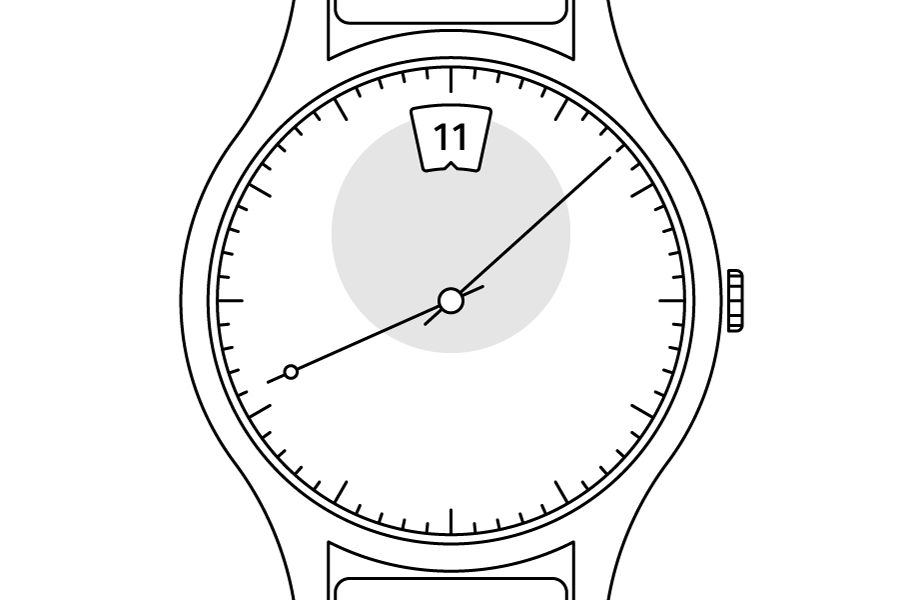
Jump Hour
A jump hour is rare owing to how complex it is to create. A watch with this complication doesn’t feature a traditional sweeping hour hand but instead has an aperture that displays the figure of the hour. Its power is built up within a spring during the hour, that then causes the aperture to jump to the next number once the minute hand has reached 60 minutes.
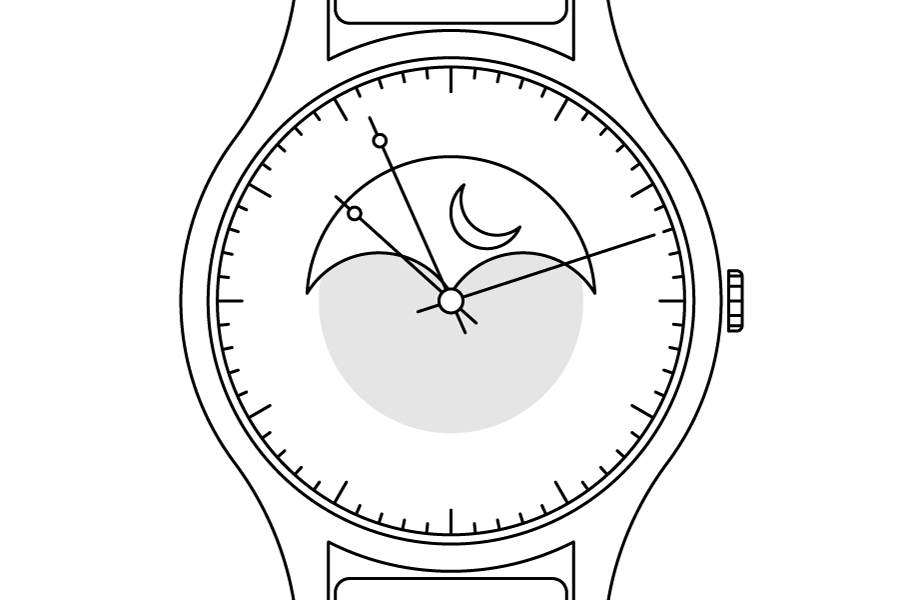
Moon-phase
A jump hour is rare owing to how complex it is to create. A watch with this complication doesn’t feature a traditional sweeping hour hand but instead has an aperture that displays the figure of the hour. Its power is built up within a spring during the hour, that then causes the aperture to jump to the next number once the minute hand has reached 60 minutes.Originally and primarily used by sailors to calculate tides, the moon-phase now tends to be lusted after for its aesthetics. This complication tracks the phase of the moon in its lunar cycle and will indicate whether it is a new, full, half, or quarter moon.
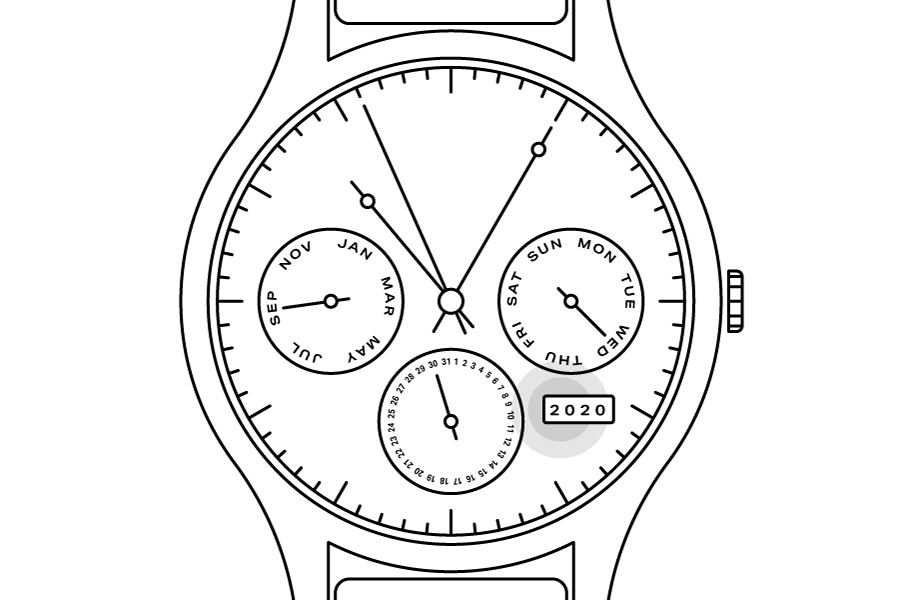
Perpetual Calendar
Perpetual calendars take into account leap years and are often considered the height of haute horlogerie, owing to the hundreds of extra gears required for them to function. They accurately display the date, day, month, and ‘Leap’ – so wearers know it’s a Leap Year. Because of the complexity involved, the complication is considered a rarity and this is often reflected in its price point.
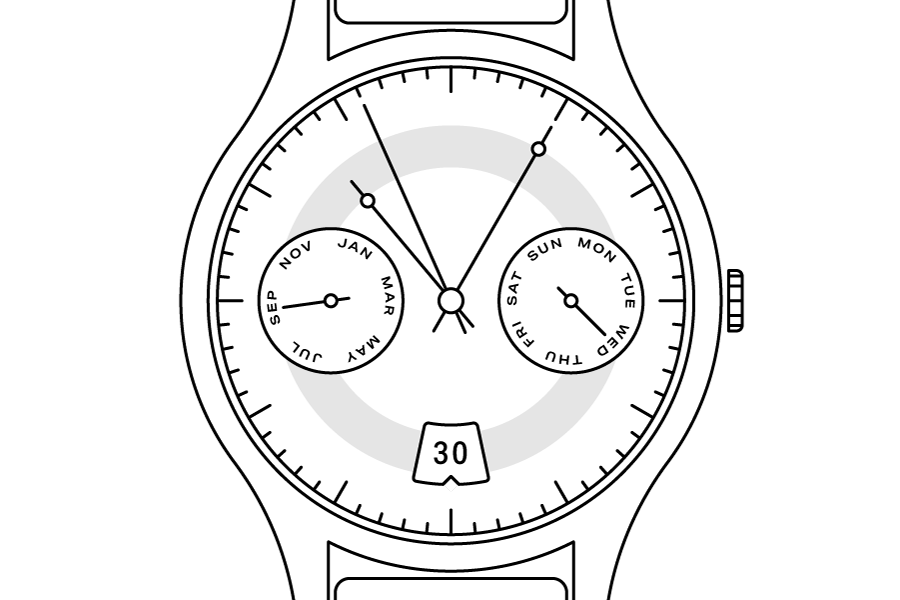
Triple Calendar
Perpetual caleAn extension of the date display, adding the day of the week along with the month of the year. This is often considered a ‘complete’ calendar and many wearers find it useful for providing complete clarity at just a glance. ndars take into account leap years and are often considered the height of haute horlogerie, owing to the hundreds of extra gears required for them to function. They accurately display the date, day, month, and ‘Leap’ – so wearers know it’s a Leap Year. Because of the complexity involved, the complication is considered a rarity and this is often reflected in its price point.
Chronograph complications
A chronograph is a type of watch that is used as a stopwatch, as well as for telling the time. This means that a chronograph complication relies on the use of a stopwatch for its functionalities.
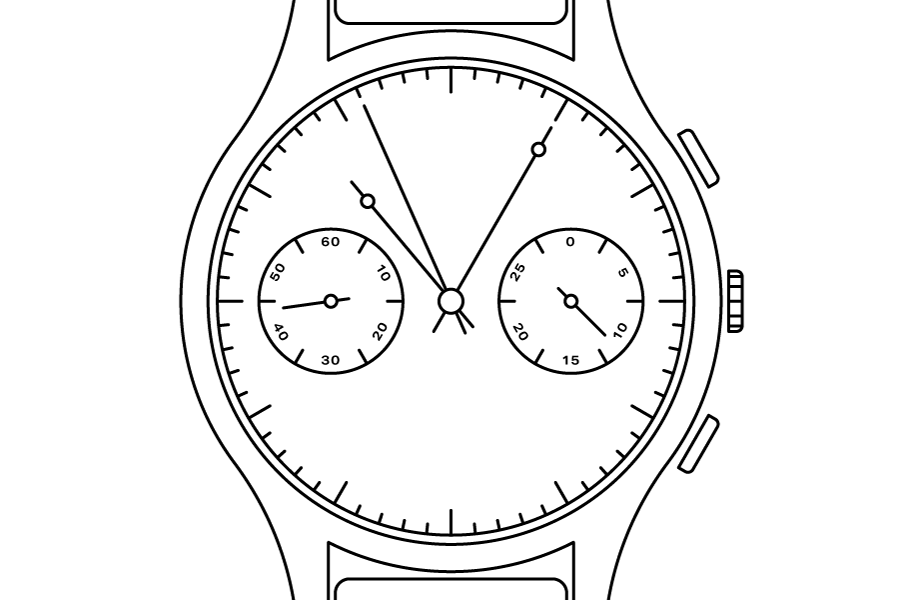
Flyback (retour-en-vol)
The flyback is designed to record consecutive times with the push of just one button, instead of three, making it an essential complication for pilots. When the retour-en-vol (meaning ‘return-in-flight’ in English) button is pressed, the second hand returns to zero and begins counting again.
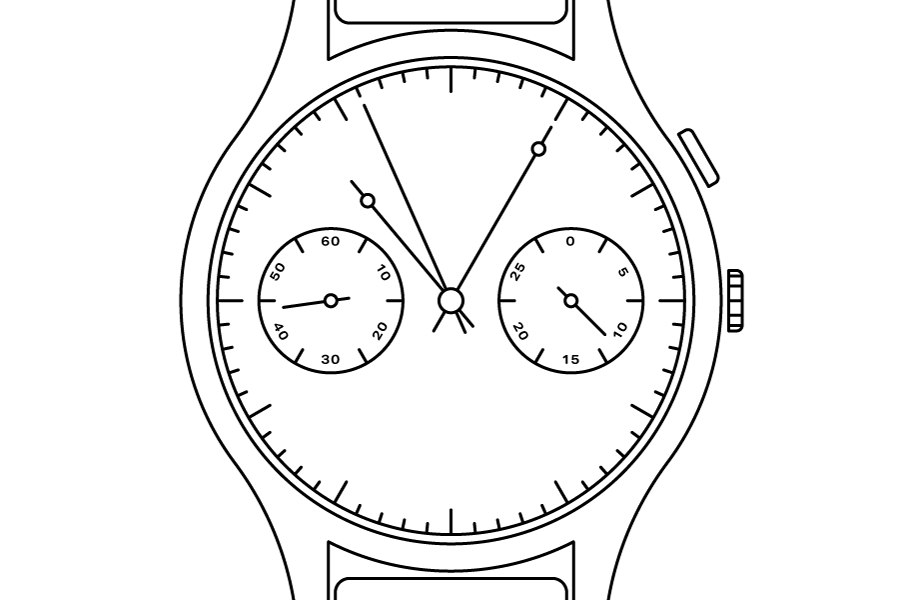
One push (monopoussoir)
This is a traditional complication as all chronographs used to be monopoussoir (meaning ‘single pusher’ in English) until 1923, when Breitling introduced two buttons. The only difference between a one push and a two button chronograph is that the one push cannot measure interrupted time spans.
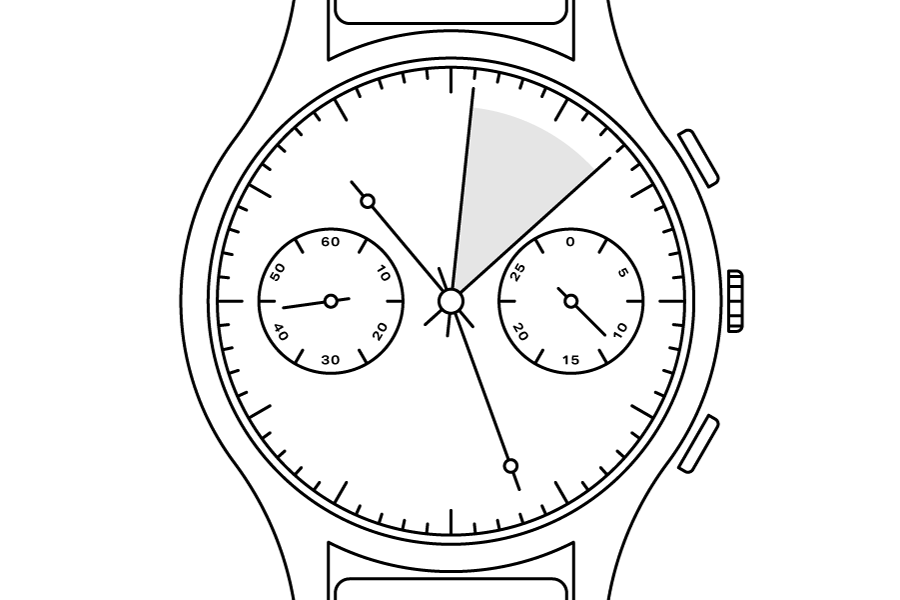
Split-second (rattrapante)
Featuring two second hands, the split-second can time multiple simultaneous events, such as two runners in a race. Split-second chronographs are easy to identify as they require three pushers on the case.
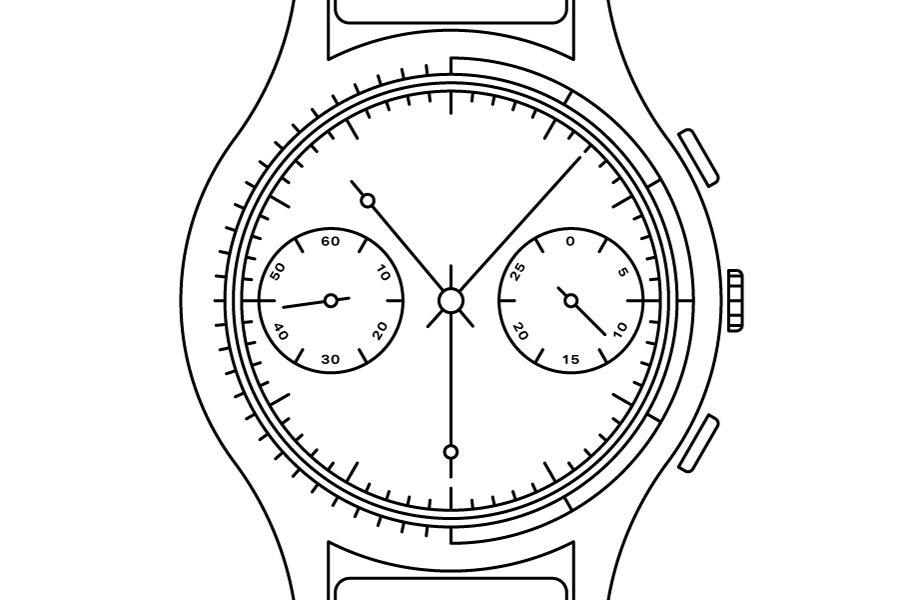
Tachymeter chronograph
Used for measuring speed, a tachymeter typically uses units per hour in miles or kilometers. A scale is marked around the outer part of the dial or inner bezel and tracks travel time or measured distance, based on speed. It works on a per hour conversion.
Time zone complications
Used for measuring speed, a tachymeter typically uses units per hour in miles or kilometers. A scale is marked around the outer part of the dial or inner bezel and tracks travel time or measured distance, based on speed. It works on a per hour conversion.Time zone complications are fairly common and display multiple time zones simultaneously, either through an additional hand or separate subdial.
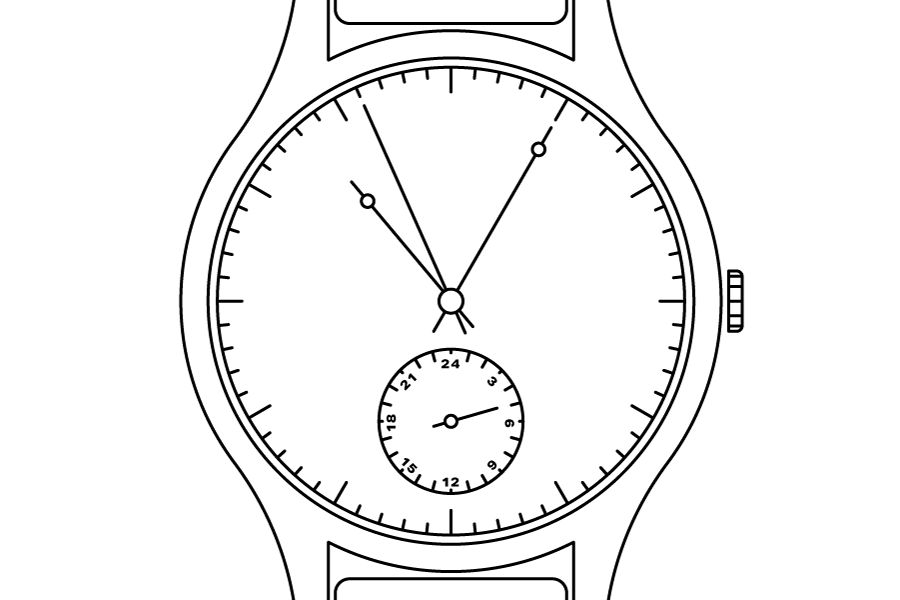
Dual time
Dual time displays two time zones with the use of an additional hand, and is measured on a 24-hour scale. This functionality is particularly useful for pilots and military personnel who can see both their time and the time of any other part of the world, at a glance.
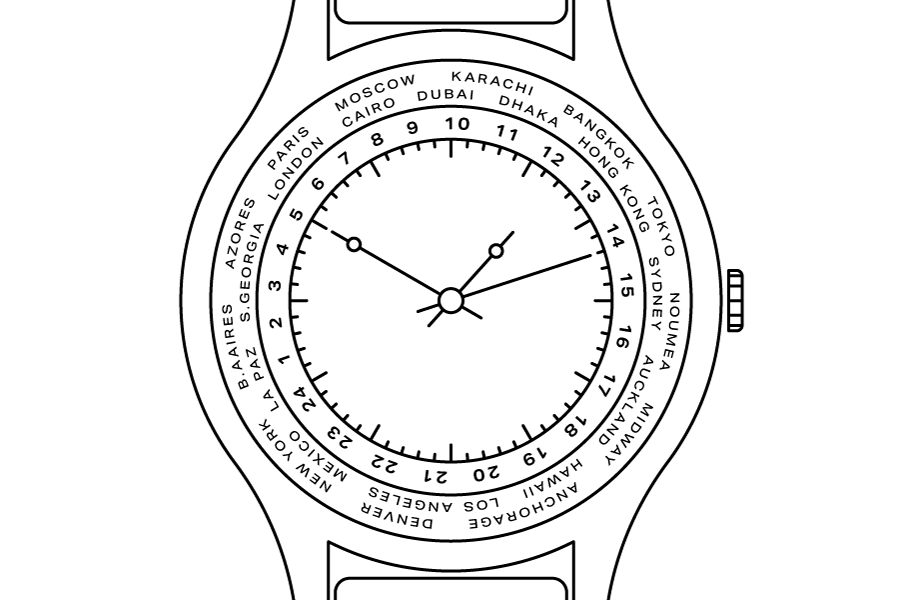
World time zone
Featuring a rotating inner bezel with a 24-hour display and an outer bezel that lists the major cities in each of the 24 time zones, a world time zone complication is particularly useful for frequent flyers and those who work internationally.
Other complications
Other complications range from the rare and technically complex to functionalities that are considered a necessity.
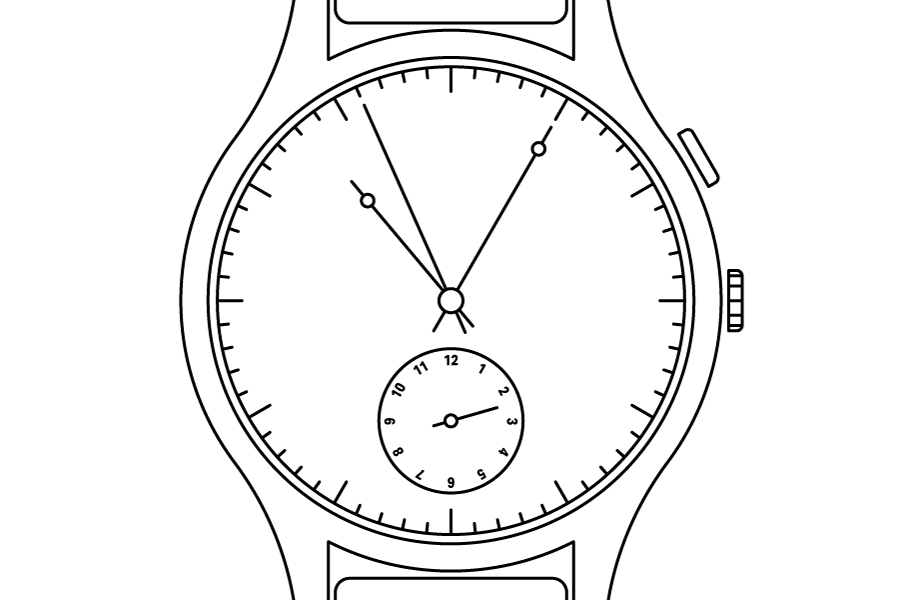
Alarm (reveil)
Alarms can be found on manual, automatic, and quartz movements. Often the complication can be set independently of the main time and on some watches, the movement of the wrist will wind the alarm.
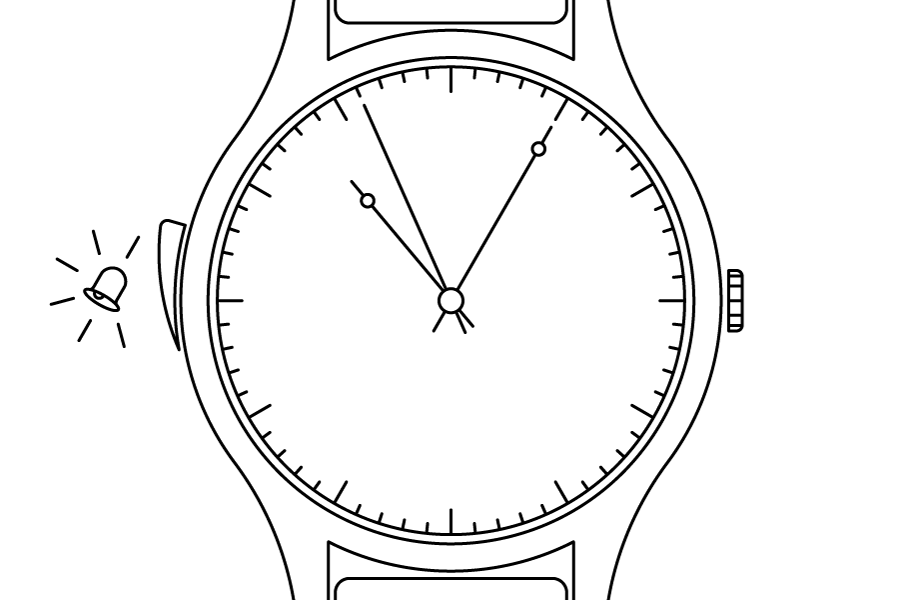
Minute Repeater
A minute repeater chimes the time, with wearers typically hearing three separate sounds; the first indicating the hour, the second sharing the 1/4 hours, and third indicating every minute. This complication is seen now as a collectible feature due to its popularity in pocket watches around the 18th and 19th centuries.
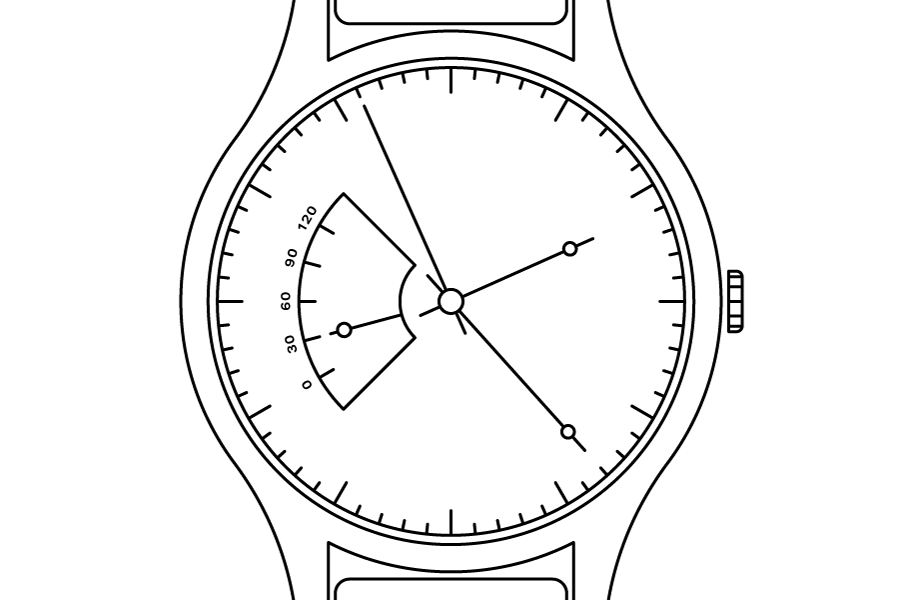
Power reserve indicator
A minute repeater chimes the time, with wearers typically hearing three separate sounds; the first indicating the hour, the second sharing the 1/4 hours, and third indicating every minute. This complication is seen now as a collectible feature due to its popularity in pocket watches around the 18th and 19th centuries.Found exclusively in mechanical watches, the power reserve indicator shows the amount of remaining stored energy in a watch. This is calculated by the tension of the mainspring when it’s wound, with a train of gears connected to the ratchet wheel that in turn drives the power reserve and shows the extent of the wind.
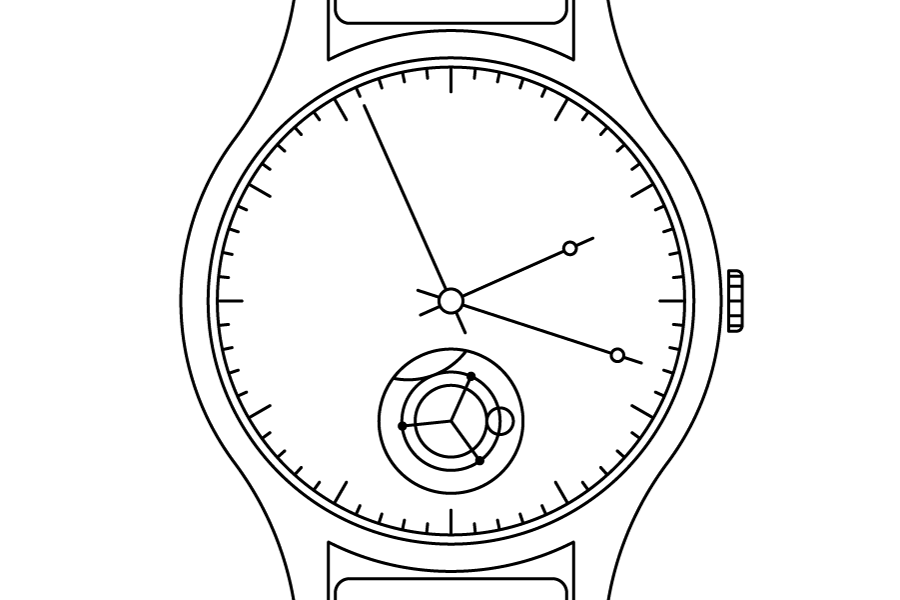
Tourbillon
The tourbillon improves the balance of a watch and aims to increase accuracy. By rotating the balance wheel, spring, and escapement to counteract earth’s gravity, this complication works to remove timekeeping errors that can occur through changing watch positions. While it’s not absolutely necessary for modern watches’ accuracy, it’s considered a complication well worth pursuing for serious collectors, owing to its rarity and the time and skill needed to create it.

